
Pavel Kashchuk, known as the founder of the infocar.ua project and presenter
What is included in the kit "Warrior"
The concept of equipment for the “soldier of the future” has begunbe developed on the basis of the Barmitsa kit, created between 1999 and 2005 as part of the Russian Fighter-XXI program for motorized rifle and airborne troops, as well as special forces units. The Ratnik consists of several dozen elements; it was first presented at the MAKS-2011 air show. Basically, these are basic, and not at all fantastic, elements of equipment for modern army personnel, such as helmets, body armor, unloading vests, and knee pads. Even though Ratnik has been in development for more than 10 years and it’s time for the “second army of the world”™ to move on to the equipment of the future, the development of things like exoskeletons is still in the “prospects of the future” stage.

</ img>

</ img>

</ img>

</ img>

</ img>

</ img>
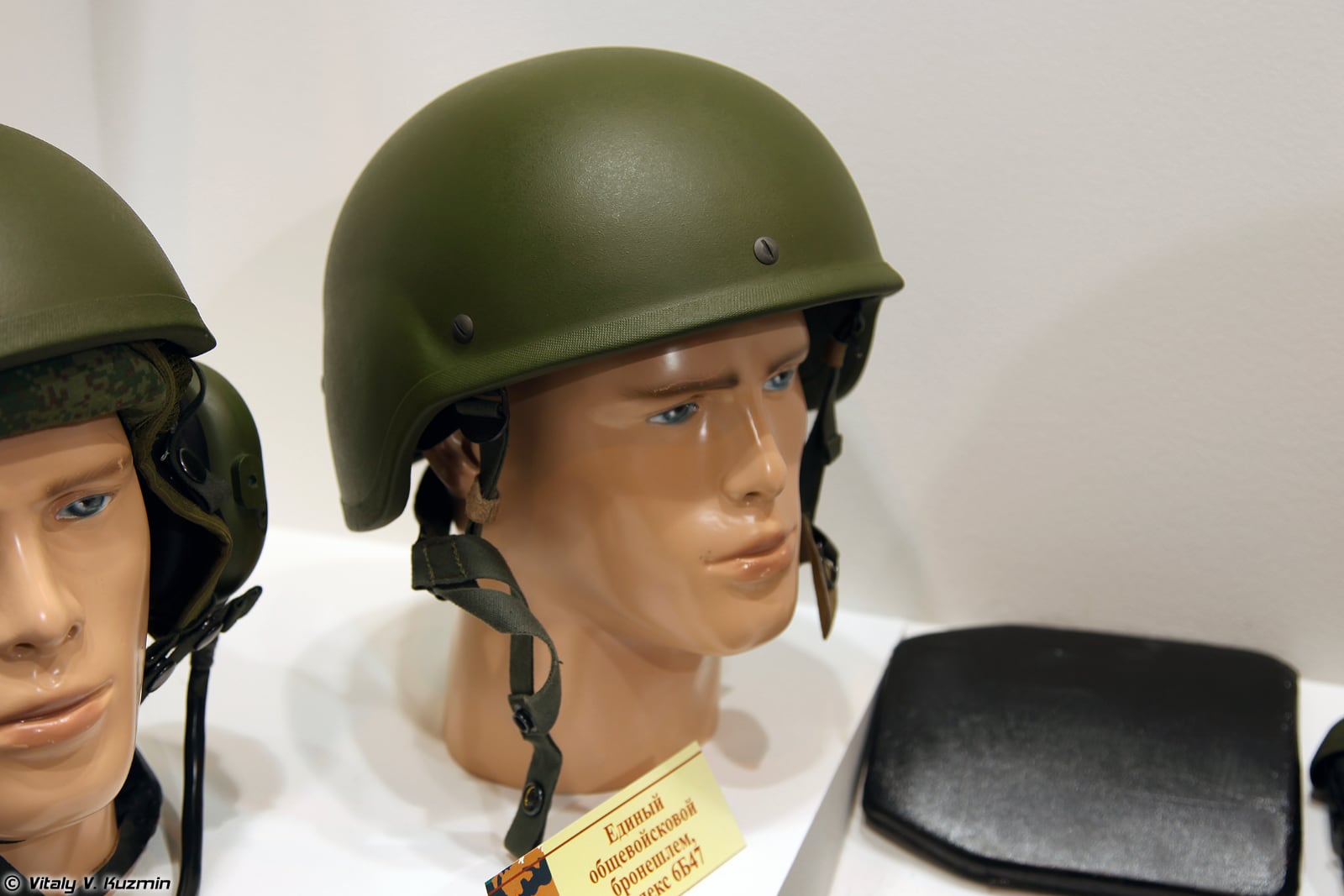
</ img>

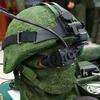

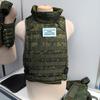
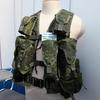
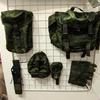

Instead of them, "Ratnik" is equipped with suchtrivial things like a folding knife and a watch (although there are even headphones, including noise-canceling ones; an example of such a headset is in Kashchuk’s video above). Russian developers happily report the supply of “almost 300,000 sets” of “Ratnik” equipment, but judging by the poor uniforms of the occupiers in Ukraine and their penchant for looting, indicating (in addition to complete moral degradation) also the low level of provision for troops, these sets are not really available no one in the Russian army saw it.
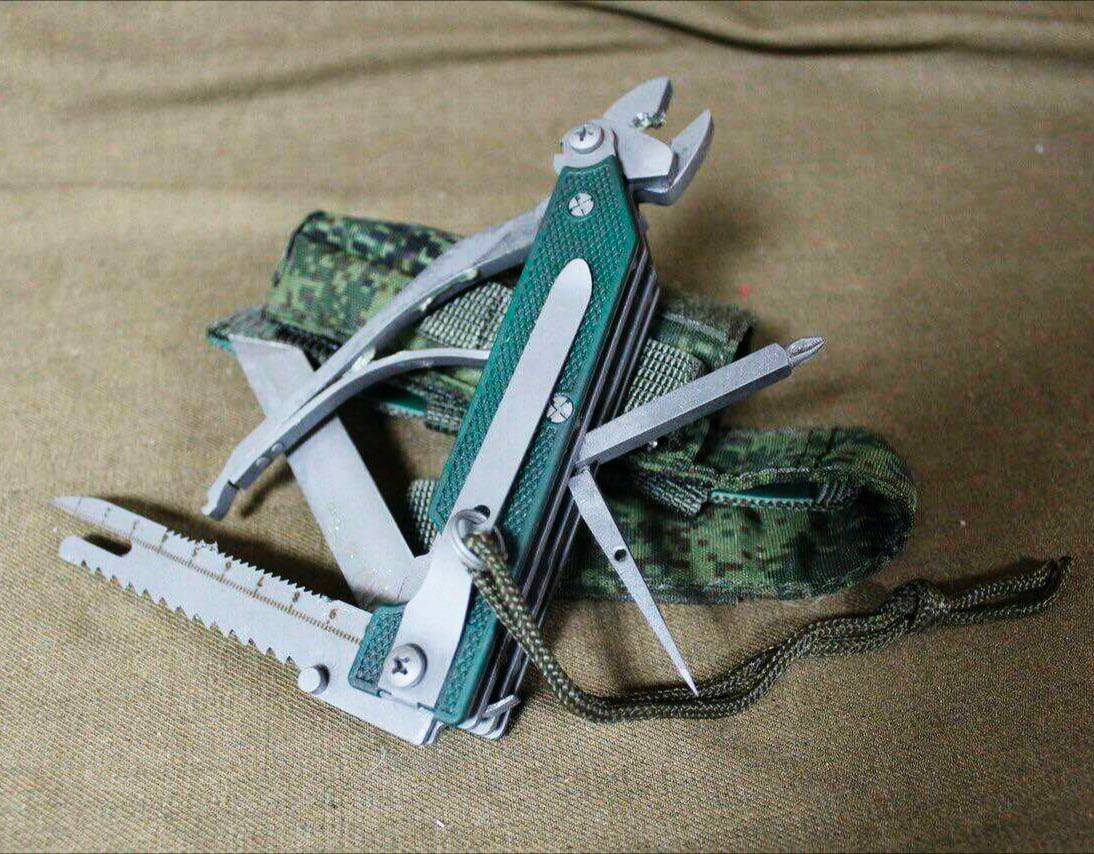
</ img>

</ img>
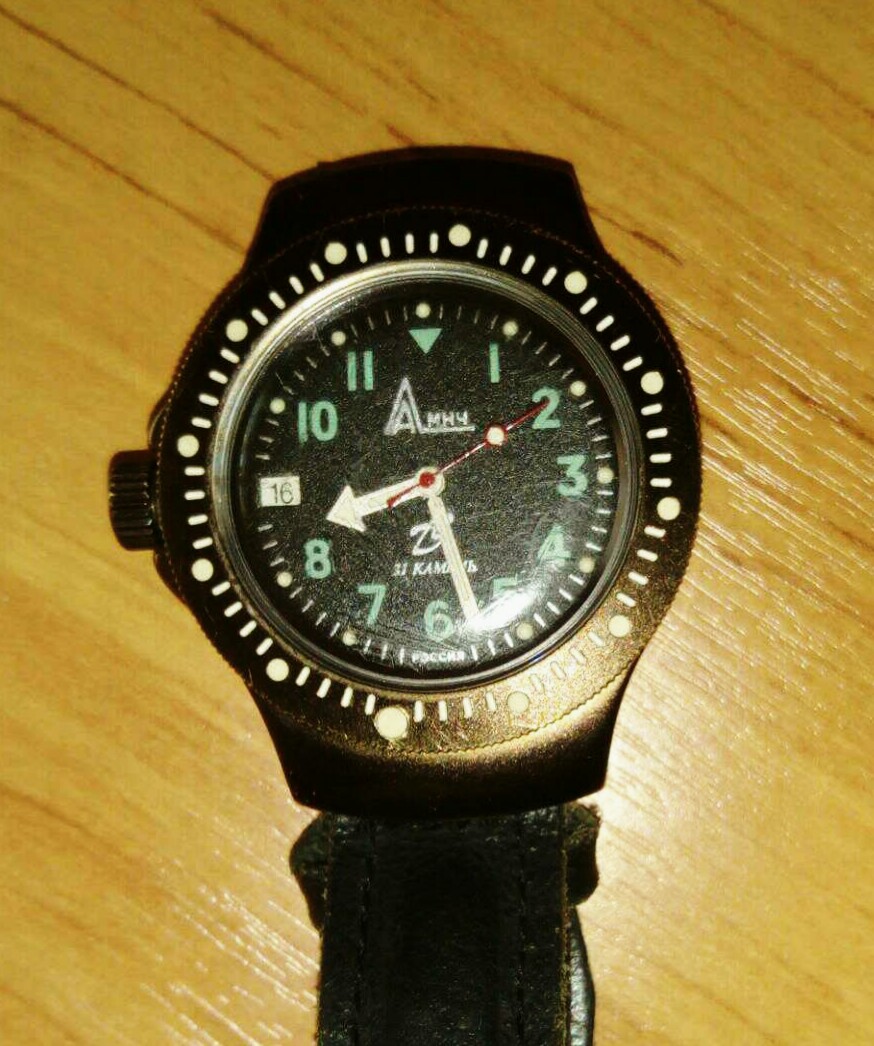
</ img>


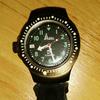
What is KRUS-VR Strelets-M
"Sagittarius" - intelligence, control and communications complexmilitary intelligence (KRUS-VR). It was adopted by the Russian armed forces in 2007 and, according to official statements, is produced by Radioavionics OJSC. Although, as we see in practice, all they can produce is a sawed-off Leica nameplate. The modification for the Ratnik outfit is called Strelets-M.
The list of tasks with which the Sagittarius complex works:
- combat management,
- communication and information transfer,
individual and group navigation, - enemy detection,
- measurement of coordinates and identification of targets,
- targeting,
- development of data for the use of small arms.
The complex consists of two tablets - for privatessoldiers and unit commanders. In addition to tablets, there are also peripherals and sensors. It is understood that the complex can be used not only for reconnaissance, but also to search for the wounded and determine their location. The stated interaction distance between members of the same unit is up to 1.5 km, but can be greater since each tablet acts as a repeater. The mass of the complex is 2.4 kg. According to official information, the tablet acts as a digital compass (fantastic!) with the ability to use digital (!) maps. “Sagittarius” supports inertial (why? After all, Russia has its own constellation of GLONASS satellites or doesn’t it? Or does it not work? Or does it not work everywhere?) and satellite navigation with automatic switching between them.
More from the official description (it's worth it):“The complex allows for target designation of aviation and artillery by determining the coordinates of the target using a radar and laser range finder, after which the coordinates are reset to the commander’s tablet. Next, using the radio station R-853-V2M, information is sent to the aircraft (at a distance of up to 8 km). In other cases, ground or airborne signal repeaters are required.”
The composition of “Sagittarius” includes:
- operational control panel,
- fighter life recorder,
- radio station R-853-V2M,
- rangefinder and goniometer PDU-4 with a tripod,
- portable short-range reconnaissance radar SBR-5M "Fara-VR",
- Headset with Active Noise Canceling and Silent Sound Amplification.
Characteristics of the Leica CS25 tablet

</ img>
By today's standards, the Leica CS25 is quite oldand a discontinued Windows tablet with an insanely old Atom Z530 processor. The only significant advantage of the tablet is its compliance with military standards MIL-STD-810G, which, apparently, was the main reason for its purchase for the Russian army. Although the whole idea of using an electronic device for the army, all the components and operating system of which were produced outside of Russia, contradicts the entire military doctrine (as well as the doctrine of “import substitution” of this crazy state. The main technical characteristics of the tablet:
- Intel Atom Z530 1.6 GHz processor
- Memory 2 GB RAM, 64 GB SSD
- Operating system Microsoft Windows 7 Ultimate
- Display 7″, touch (resistive!), 1024×600, TFT
- Dimensions 144x242x40 mm
- Weight 1.3 kg including battery
- Protection IP65, MIL-STD-810G
- Operating temperature range -23 °C - +60 °C
About Leica Geosystems
Swiss company Leica Geosystems (formerlyknown as Wild Heerbrugg or simply Wild) is now a subsidiary of the industrial group Hexagon AB from Sweden. Leica Geosystems has been serving the measurement and surveying instrumentation market for 200 years, creating comprehensive solutions for aerospace, defense, security, construction and manufacturing. The Leica brand, known mainly for cameras, was acquired by the company as a result of the merger of several companies. Hexagon currently employs approximately 22,000 employees in 50 countries and generates net sales of approximately EUR 4.3 billion.